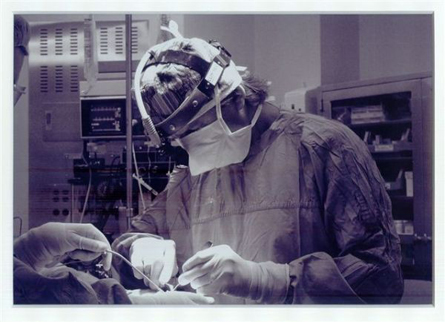|
From:TheBahamasWeekly.com Plastic Surgery Trends
Liposuction:
Liposuction, sometimes called body0. sculpting, is a way to remove stubborn pockets of fat, like “saddle bags” and “love handles,” that don’t conform to your ideal body image. The surgeon simply vacuums out the fat through a small incision. Afterward there will be swelling, bruising, and perhaps some numbness in the area you had suctioned. You may feel well enough to go back to work a few days after the operation, depending on how much fat was removed.
Abdominoplasty:
Abdominoplasty, commonly knows as “tummy tuck”, is designed to firm and smooth the abdomen. This procedures removes excess skin and fat from the abdomen and may also tighten the muscles of the abdomen wall; resulting in a flatter, tighter abdominal profile. This procedure can be done in combination with others such as liposuction, however this may add to the average time of full recovery. After your procedure you will experience some discomfort especially in standing straight and sitting upright however this will lessen as the days go on. You will be required to wear a special garment for awhile after surgery, but will be able to return to work within a few days depending on your rate of recovery.
Blepharoplasty:
Eyelid surgery (blepharoplasty) reshapes your eyelids. It is done to remove bagginess and tighten lose skin around the eyelids, but doesn’t remove fine wrinkle lines. You will have some swelling and bruising afterwards. Sometimes the swelling doesn’t go down for a week or two; the bruises usually go away in a week to 10 days later. Following the surgery, you may tear up easily, or have dry eyes for a short period of time.
Breast Augmentation:
Breast implants are saline-filled bags slid in between your breast tissue and your chest muscles, or between your chest muscle and your chest wall. You should be able to get out of bed a day or two after the surgery is done. Bathing is allowed, however, you should not get the dressings wet! A few days to a week after the operation, you may feel well enough to return to work. However, you should not do any vigorous exercise for at least three weeks.
Breast Reduction:
Breast Reduction formally known as Reduction Mammaplasty is a procedure designed to remove excess breast tissue and skin, making your breast more proportional to the rest of your body. The areola (the pigmented skin surrounding the nipple) may be reduced and repositioned as well. This surgery will not require you to remain in hospital overnight but it would be imperative that you follow all orders given by your physician. Like any other procedure rest is vital to your healing process but you will be encourage to get out of bed for short periods of time to help with the quickening of this process. You will be able to return to work with in a week of this procedure.
A surgeon can reshape your nose just about any way you like. This is done by removing and altering the structure of your nose—the bone and cartilage. After nasal surgery, you’ll want to stay put for a day or two. Bruising and swelling occurs for one week following the surgery. The swelling may not go down completely for several weeks; however this swelling is not very noticeable. Most of the bruising disappears in about a week. You should be back to normal within three weeks.
Rhytidectomy:
The skin and muscle of the face tends to sag and fold as you age. A facelift (rhytidectomy) stretches the skin up toward the scalp tightening and smoothing it. After the surgery, you will have swelling and bruising. The bruising fades in about two weeks, but the swelling may last longer. You may also have numbness in your face, which can last several weeks. Sun exposure is not recommended immediately following surgery. You should be able to get back into your normal routine about two weeks following the operation.
Injectable Fillers:
Botox injections are used to smooth frown lines and wrinkles around the eyes. The procedure paralyzes the muscles in the forehead, so you will have decreased movement of these muscles. There is no major recovery involved. You may experience some slight swelling, bruising and numbness; however the procedure is regarded as an ambulatory procedure. The results are not permanent. You will need to have injections every three to four months.
Other injections such as, Restylane and Artecol can be used to fill unwanted lines in the face. It is typical to see these fillers used around the lines of the mouth and in the upper lip area. Restylane must be injected every four months, while Artecol is permanent.
In order to be a candidate for cosmetic surgery, an individual must be in good health, not have any active diseases or pre-existing medical conditions. You must have realistic expectations of the outcome of your surgery. Communication is also crucial in reaching one’s goals. You must be able to voice your desires to your surgeon if you expect him to understand what your desired results are. Discuss your goals with your surgeon so that you may reach an understanding with what can realistically be achieved.
Dr. Kenneth Dickie, Director of Bahamas Institute of Plastic Surgery in Grand Bahama is widely regarded for his specialty in cosmetic and reconstructive surgery. Dr. Dickie is an active member of the Canadian and American Societies of Aesthetic Plastic and Reconstructive Surgeons. As Vice President of Grand Bahama Medical and Dental Association, he is dedicated to assist not only his Bahamian patients, but also those who travel from North America and Europe. Dr. Dickie can be contacted at info@bahamascosmeticsurgery.com or (242) 351-1234
|
